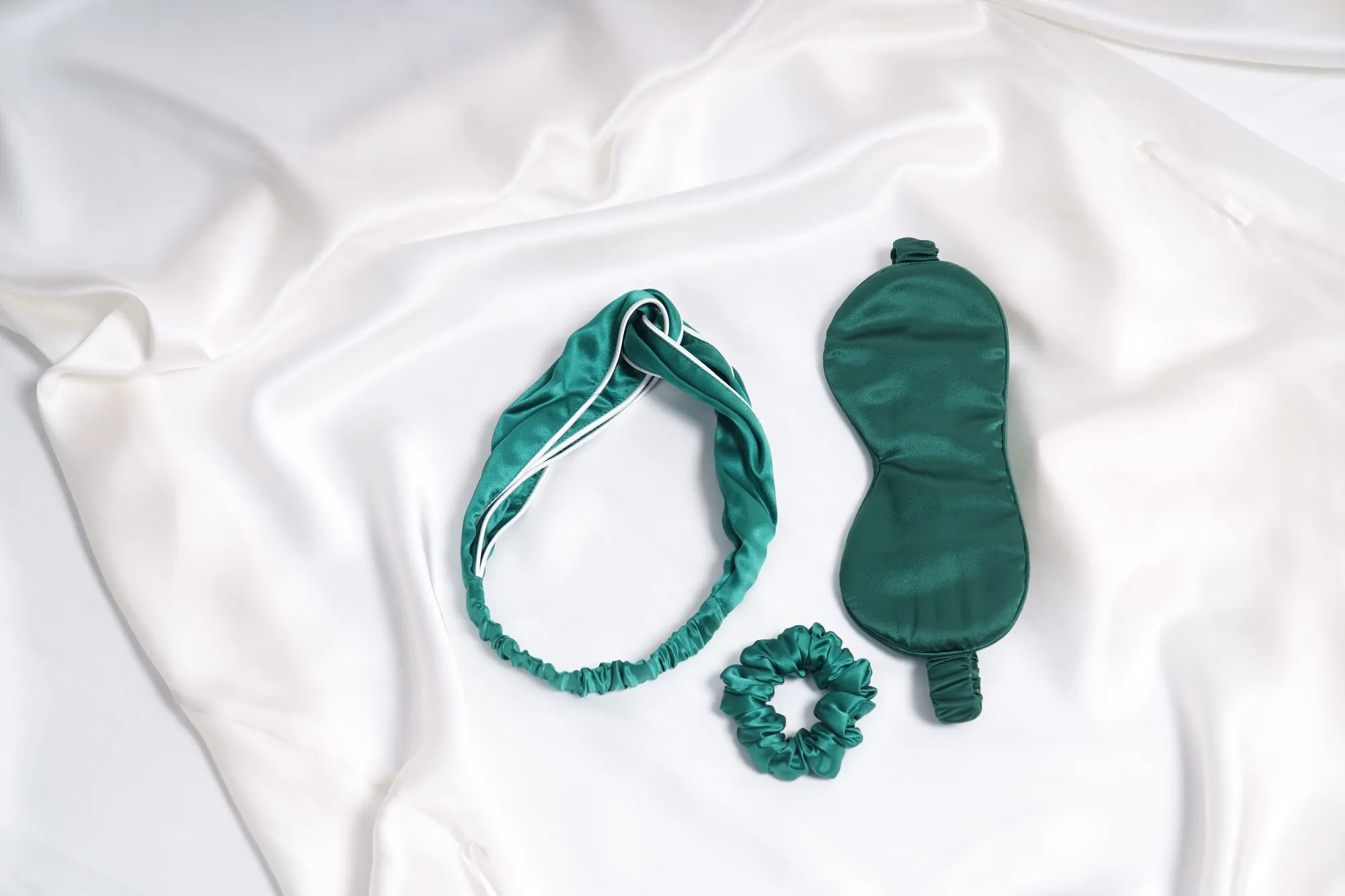Red and Black Silk Robe: A Timeless Symbol of Elegance and Power
- ved wangfred
-

The red and black silk robe has long captivated imaginations, weaving its way through centuries of history as a garment steeped in opulence, authority, and artistic expression. From royal courts to modern runways, its contrasting hues and fluid drapery continue to evoke a sense of drama and sophistication that transcends time. But what makes this chromatic combination so eternally compelling? Let’s unravel the threads of its legacy.
The Historical Tapestry of Silk
Silk’s journey began over 5,000 years ago in ancient China, where its production was guarded as fiercely as imperial secrets. The creation of robes from this luminous fabric became synonymous with status, reserved for emperors, scholars, and nobility. While early iterations favored monochromatic palettes, the striking combination of red and black emerged during the Han Dynasty (206 BCE–220 CE) as dyers mastered the art of creating rich, colorfast shades.
Symbolism in Stitch and Hue
In traditional Chinese cosmology:
- Red represented fire, joy, and prosperity
- Black embodied water, mystery, and the unknown
Cultural Crossroads: East Meets West
As trade routes expanded, silk robes became coveted treasures. European aristocracy in the 17th–18th centuries adapted the silhouette, incorporating:
- Tailored sleeves
- Intricate embroidery motifs
- Metallic thread accents
The Psychology of Contrast
Modern color theory explains the enduring appeal:
| Color | Psychological Impact |
|---|---|
| Red | Stimulates energy, passion, and attention |
| Black | Conveys sophistication, authority, and mystery |
Craftsmanship: From Worm to Wardrobe
Creating a premium silk robe involves:
- 20+ stages of production
- 6–8 weeks for hand-woven textiles
- Natural dyes from madder root (red) and gallnut (black)
The Art of Draping
A well-cut robe:
- Skims the body without clinging
- Flows like liquid when moving
- Features weighted hems for graceful falls
Modern Interpretations: Beyond Tradition
Contemporary designers reimagine the classic through:
- Asymmetric closures
- Laser-cut detailing
- Convertible silhouettes
Gender Fluidity in Fashion
The robe’s unisex appeal has surged in recent years, with androgynous styling emphasizing:
- Oversized proportions
- Minimalist fastenings
- Architectural belts
From ancient symbolism to cutting-edge ateliers, the red and black silk robe continues to seduce with its chromatic alchemy. Will your next statement piece channel this legacy of power wrapped in silk’s sensual embrace?












